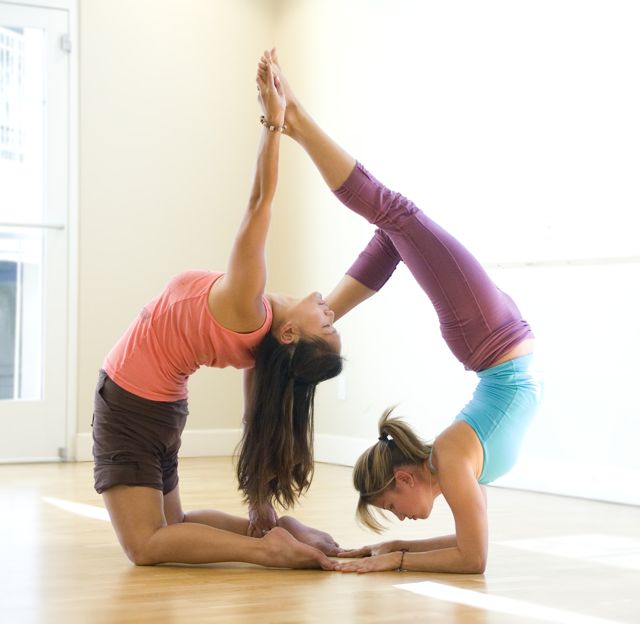I ask this question at every teacher training I conduct and the list keeps growing longer each year. If you do yoga, you know that there are many interpretations and mutations of this ancient practice and the factors below play a pivotal role in the difference between a decent class and a life-changing one.
Disconnect to Connect
Before you start teaching, make sure you take a moment to disconnect from whatever is going on in your life so you don’t bring your crap with you to class. Centering yourself will help put you in the right state of mind to channel creative energy and intuition.
Breath Awareness
You can never say “breathe” too many times. Most students have a tendency to hold their breath, especially when they’re feeling challenged. Remind them to breathe, explain the mechanics of the breath, and say it over and over again.
The Art of Flow
Sequencing can make or break a class – it can leave you feeling fluid and relaxed or frustrated and disjointed. Focus on transitions to create a seamless flow; open hip to closed hip postures usually need “connector poses” in between to create fluid movements.
Fresh Squeezed
Some people love doing the same class over and over again but there’s a lot to be said for creativity and unpredictability. Keeping your students on their toes will help them stay present and there’s something beautiful about not knowing what’s coming next.
Sanskrit
The universal language of yoga should be kept alive in classes. I’ve had several students comment on how much they like hearing it, even if they don’t know what it means.
Philosophy
I’m a stickler about this one. If there’s no philosophy in your class you’re what I call an asana teacher; You might as well teach Simon Says or aerobics. Yoga is an incredibly deep practice that carries jewel upon jewel of wisdom. Share it!
Adjustments
Getting a good adjustment is heavenly. It helps you reach new levels in your practice and creates the opportunity for a personal connection between student/teacher. If you adjust someone on one side, please adjust the other side too…it’s most annoying when you’re taken deep on one side and left alone for the other.
Anatomy & Alignment
Working the technical side of yoga is important for proper form, but empowering students with the reasons behind the postures is invaluable. Tell them what the purpose of doing plough pose is or share tidbits about which poses are good for certain ailments.
Balance
I’ve taken “all levels” classes that were either too easy or too hard. Building a dynamic where the beginners don’t feel overwhelmed and the advanced practitioners stay challenged isn’t easy to do but it’s extremely important. Give options and balance challenging flows/postures with restorative rests.
Lighting
This one is often overlooked. Bright lights are never a good idea in yoga…especially because we spend so much time looking upwards. The idea is to create a softly light atmosphere transitioning to darker as you make your way towards final relaxation.
Final Relaxation
I’ve never been a huge fan of English songs in Savasana — Only because they get me thinking about the lyrics and suddenly I’m lost in never-never fantasy land. So…I opt for keeping things meditative with gongs and bells or yoga related music that is NOT upbeat and instead encourage surrender. You can never go wrong with silence or guided meditation either. Staying in the room while your students are in final relaxation is important too. Once you leave the room you disconnect with the energy of the class and it can also be disruptive. Take that time to reflect so you can leave your students with a final thought at the end.
Music
Some still teach without music and if you can do it, all power to you. In the last few years I’ve moved away from just playing traditional yoga tunes and instead looking to world music and contemporary artists for inspiration. Personalize your class and enhance your students’ experience through the power of sound.


Leave a Reply
You must be logged in to post a comment.